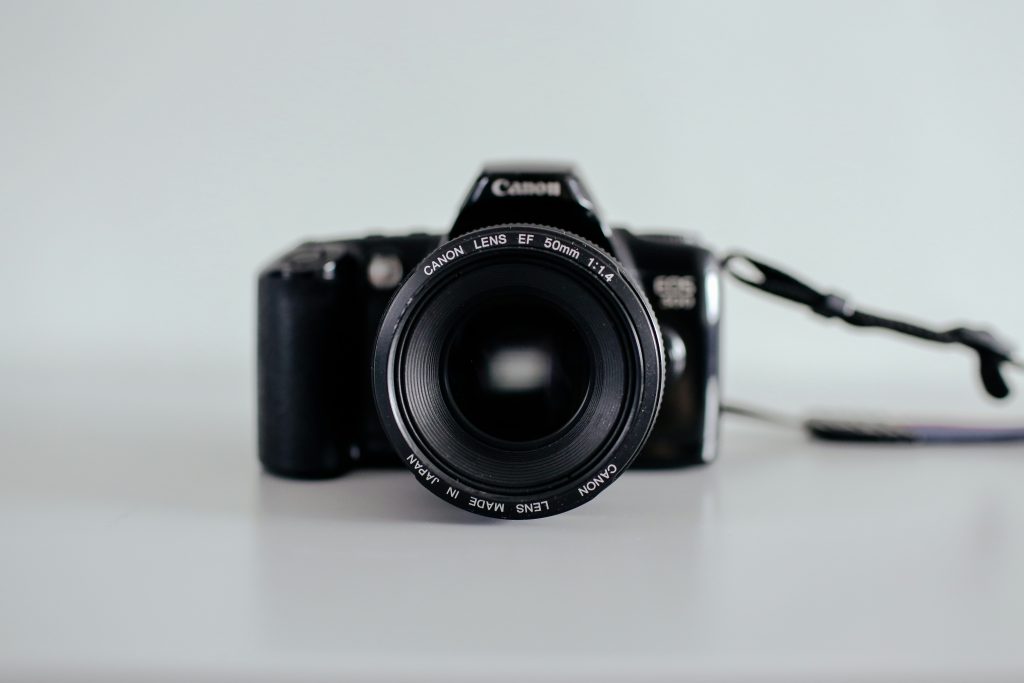
In a quest to improve quality in photography and videography, manufacturers have increased the complexity of camera lenses over time. Modern cameras have features that aid capturing, thanks to the changes and additions in lens designs.
Basic Anatomy of a Camera Lens
Camera lenses may vary in design, but they all contain the following parts:
Glass Elements
The most important part of a camera lens is a set of elements made with glass that refract light to form images on a sensor. The camera’s focusing ability and some other functions depend on the design and arrangement of these elements.
Shutter
The shutter on a lens is a component that controls the size of the aperture. The shutter can be fitted in front, behind, or within complex lens structures, and its speed may be adjustable. Photographers prefer adjustable shutters because they allow them to dictate the quality of the motion captured in pictures.
Aperture
The aperture of a lens is the adjustable hole in a camera lens that determines how much light passes through to the sensors. The aperture’s size determines the image’s clarity, brightness, and depth. A larger aperture is preferable for a clear and bright picture.
Rings
You will find three rings on a camera lens: a focusing ring used to adjust the lens’s focus, an aperture ring to control its aperture, and a control ring for other features such as exposure composition or shutter speed.
Terminologies in Camera Lenses
Terminologies in cameras refer to properties or features of a lens that help to create desired images. Here are some of the common terminologies used in photography to describe lenses:
Focal Length
The focal length is the distance measured in mm between the lens’s nodal point and the camera’s sensors behind the lens. The nodal point is where light gathers in the lens, so it is not a stationary point. The higher the focal length, the lower the field of view captured in the image.
Focus
Camera lenses can adjust the image generated from their field of view to increase the definition of nearby or farther objects. Focus is a critical feature in cameras that allows photographers to capture anything in their field of view. Many cameras in use today are designed with autofocus.
Lens Size
Apart from its focal length, the size of a lens is also a factor that affects pictures in photography. The diameter of the glass lens measures the size of a lens, and the higher the diameter, the higher the aperture it can be designed with. A higher aperture reduces exposure time, creating images with less motion blur.
Exposure
Exposure measures the amount of light the camera sensors receive while capturing. Dim images characterize low exposure, while high exposure creates brighter results. Exposure depends on the amount of light in the room, the brightness of the room, and the size of the aperture.
ISO
ISO is an acronym for the International Organisation for Standardization, a body that sets the standard for the sensitivity of cameras. Cameras have different sensitivity to light, hence the need for a standard measuring system. A higher ISO number suggests that the camera is more sensitive, and as such, it can capture light better.
For more information, subscribe to our newsletter.